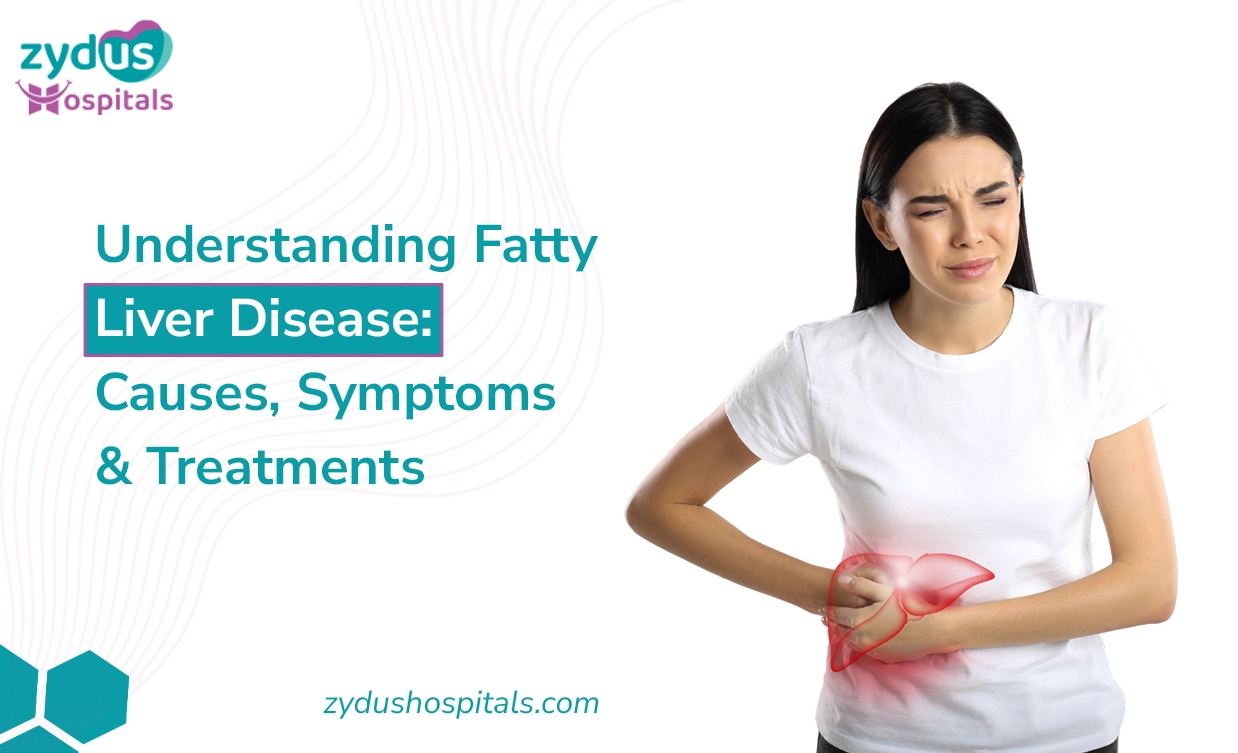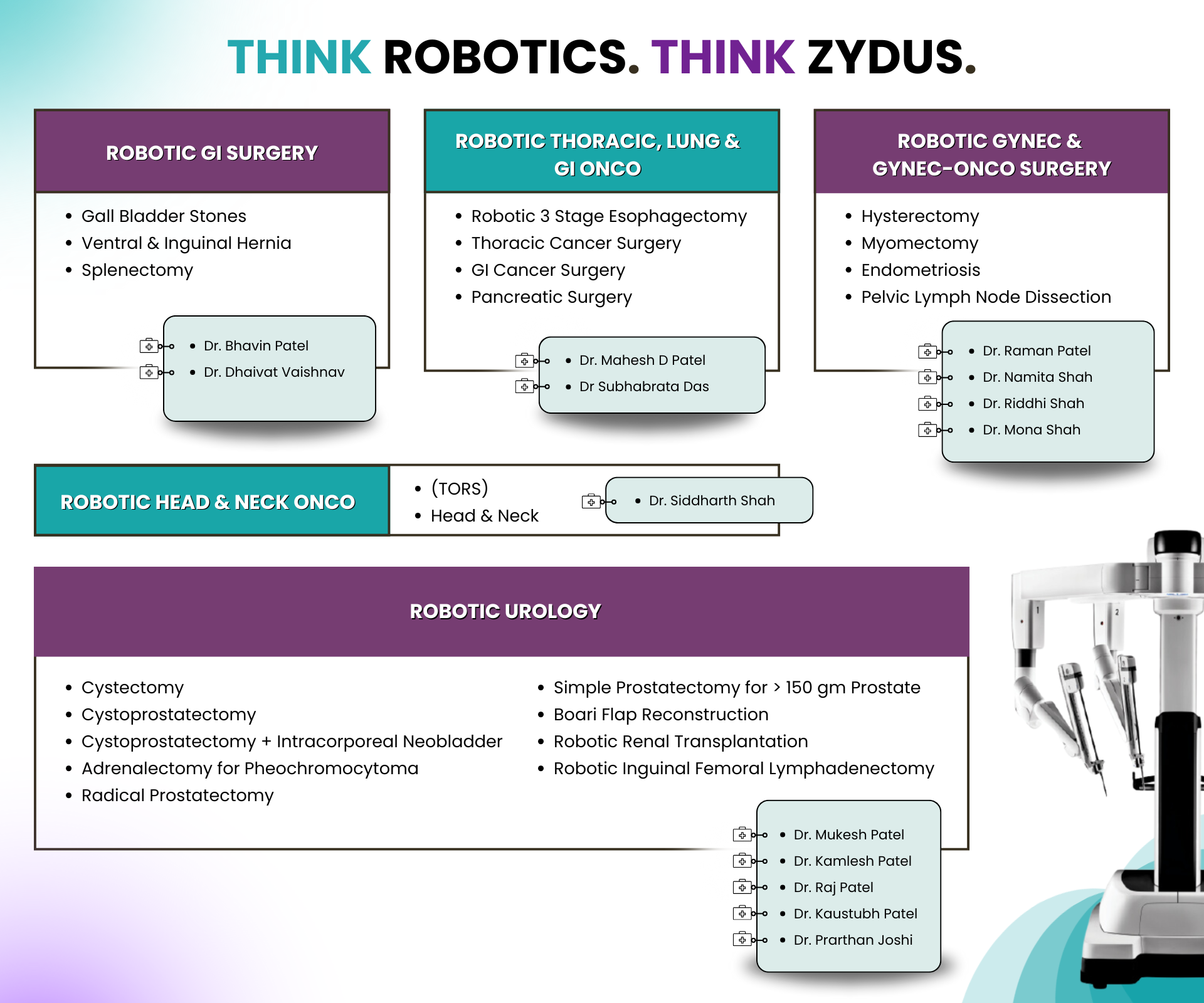NAFLD vs. AFLD: What You Need to Know About This Growing Global Health Concern
Annual checkups usually focus on heart health or blood sugar, but the liver is often overlooked. Fast food, Minimal movement routines, and screen time are becoming the norm, a hidden health challenge is gaining momentum - fatty liver disease. It is a condition that has no symptoms in the early stage and is the fastest-rising liver-related issue across the globe, silently impacting millions.
Fatty liver disease is a disease that is rapidly becoming one of the most prevalent liver disease conditions worldwide. But still it remains unaware until it reaches a critical stage. This condition can affect the liver in the long run, due to alcohol consumption or lifestyle-related factors. In this article, we’ll explore the key aspects of fatty liver disease, covering everything from the types & differences, as well as their causes, symptoms, and available Fatty Liver Treatment options.
What Is Fatty Liver Disease?
Fatty liver disease develops when excess fat accumulates in the liver. Although a small amount of fat is normal, excessive fat build-up can cause the following:
- Trigger liver inflammation
- Lead to scarring (fibrosis),
- And potentially progress to life-threatening conditions such as cirrhosis or even liver cancer.
There are two main types:
NAFLD (Non-Alcoholic Fatty Liver Disease):
NAFLD is a common disease that occurs among individuals who consume little to no alcohol. It is the most common one globally. A recent study says that nearly 38% of Indians have fatty liver, and here are behaviors tied to NAFLD:
- Obesity
- Unhealthy eating habits
- Diabetes
- And a sedentary lifestyle.
AFLD (Alcoholic Fatty Liver Disease):
Alcoholic Fatty Liver Disease is stimulated by heavy alcohol consumption. The excessive alcohol consumption saturates the liver’s ability to break down toxins, leading to the accumulation of fat in liver cells and causing inflammation.
Causes of Fatty Liver
Common Causes of NAFLD:
- Obesity
- Presence of type 2 diabetes or reduced insulin sensitivity
- Increased levels of cholesterol or triglycerides
- Lack of regular physical activity
- Unhealthy eating habits, particularly diets high in sugar and processed foods
- Genetic predisposition or a family history of the condition
Common Causes of AFLD:
- Long-term or excessive alcohol consumption
- Poor nutrition
- Inherited traits that influence how the body processes alcohol
- Other existing liver disorders, such as Hepatitis C
Fatty Liver Symptoms to Watch Out For-
In the early stages, fatty liver disease often has no symptoms, which is why it’s sometimes called a “silent” condition. As the disease progresses, you may notice:
- Fatigue or weakness
- Pain or discomfort in the upper right side of the abdomen
- Unexpected or unexplained loss of weight
- Yellowing of the skin or eyes (jaundice), typically in more advanced stages
- Abdominal bloating or swelling in the legs
- Cognitive issues or confusion, often seen in late-stage liver disease
How It’s Diagnosed
- Blood tests:
Used to evaluate liver enzyme levels, which may indicate liver inflammation or damage - Ultrasound or MRI:
Imaging techniques that help identify fat accumulation in the liver - FibroScan:
A non-invasive test that measures the liver’s stiffness and fat levels to assess potential scarring or steatosis - Liver biopsy:
An invasive but highly accurate procedure that involves analyzing a small tissue sample to determine the extent of liver damage
How to Manage it?
For NAFLD:
- Lose weight: 5–10% of your body weight can greatly decrease fat build-up in the liver
- Improve your diet: Focus on whole, unprocessed foods; reduce sugar and refined carbs; and prioritize vegetables, lean proteins, and healthy fats
- Exercise regularly: Try to engage in at least 30 - 45 minutes of exercise on most days
- Manage blood sugar and cholesterol: Use prescribed medications if necessary to keep levels in check
- Limit alcohol intake: Even non-drinkers with NAFLD should be cautious
For AFLD:
- Avoid alcohol completely: Total abstinence from alcohol is essential for recovery
- Address nutritional needs: Individuals with AFLD often require support for vitamin and nutrient deficiencies
- Get professional support: Counselling or rehabilitation may be necessary to manage alcohol dependence
- Maintain regular check-ups: Ongoing monitoring by a healthcare professional is crucial for managing liver health
A Rising Global Health Issue
In recent days, fatty liver disease has become increasingly common, affecting approximately one in four people worldwide. This rise is closely linked to the global increase in obesity, type 2 diabetes, and sedentary lifestyles. Failing to provide an appropriate fatty liver diagnosis, NAFLD can progress to more severe liver conditions, including non-alcoholic steatohepatitis (NASH), cirrhosis, and hepatocellular carcinoma, while AFLD continues to pose a significant risk in people with excessive alcohol consumption.
Given its widespread impact and potential severity, early detection and lifestyle interventions are crucial in managing and preventing the progression of fatty liver disease.
If you’re at risk or simply want to stay ahead of potential issues, consider speaking with your doctor about liver screening.
At Zydus Hospital, we feel your pain & provide the right fatty liver cure. Our multidisciplinary team takes a holistic approach, blending advanced diagnostics, personalized treatment strategies, and vigilant post-operative care to help you get back on your healthy feet.
Remember: Your simple, liver-friendly lifestyle habits today will lead to your disease-free tomorrow.





